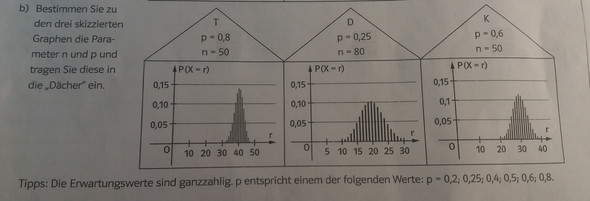The given extract “The Welcome Table” by Alice Walker, written in 1973, deals with an old, black woman who stands up for her rights and goes into a white’s church. The author uses effective stylistic devices to present the white churchgoer’s various concerns about the old woman and her behaviour.
First, when the old woman arrives at the steps of the church, the churchgoers are kind of confused and do not know what to do or how to react. They gaze mustering and astonished at her, “[b]ut for those who search[…] hastily for ‘reasons’ in that tight old face, […] there [i]s nothing to be read.” (ll. 5ff.)
The author uses many diverse adjectives to make her story more vivid; she is not only describing exactly what the old woman looks like, but what the white churchgoer’s feelings and emotions are like. Due to the usage of the contrast that they feel “a terror of the unknown as well as of the deeply known” (ll. 8f.), she presents the churchgoer’s helplessness and confusion which soon change into a feeling of fear.
Nevertheless, not all of them are reacting the same way. Some speak words about her that are “hardly fit to be heard” (l. 10), others stay calm and peacefully (l. 10), and some feel “vague stirrings of pity, […] as if she [is] […] an old collie turned out to die.” (ll. 11f.) Even though most of them are afraid of supporting the black community in public or only have got an useless tiny feeling of pity, the author wants to show that you cannot peg all of them as racist or being afraid of African Americans – they all have got different backgrounds and moral values.
Some of the churchgoers see an old, frail and sordid woman (l. 18), others see a servant (ll. 19f.), but “[m]any of them [see] […] jungle orgies in an evil place” (ll. 20f.) or “riotous anarchists” (l. 21). Some fear an assault against Christianity (ll. 23f.) and see an “invasion of privacy” (l. 24). Still, the author keeps this explicit as feelings and not actions; the white people may be afraid of the old woman’s silent opposition, but they are not acting until the old woman enters the church.
The reverend asks her “pleasantly” (l. 30) to leave the church. The old woman takes no move to leave, she sits down and gaze “with concentration at the stained-glass window over her head” (ll. 35f.) No words could bother her in any way.
The final step is taken by the “ladies” (l. 42), which are afraid of the old woman and “[d]aring their burly indecisive husbands to throw the old colored woman out” (ll. 42f.) They make their point very clear. “Could their husbands expect them to sit up in church with that [– the old woman]? No, no, the husbands were quick to answer and even quicker to do their duty.” (ll. 47f.) They place their “hard fists” (l. 49) “[u]nder the old woman’s arms” (l. 49), flex their shoulders (l. 51) and “out she [flies] […] through the door”. (l. 51f.)
WEITER GEHT'S IN DEN KOMMENTAREN! DANKE!!! :-)




